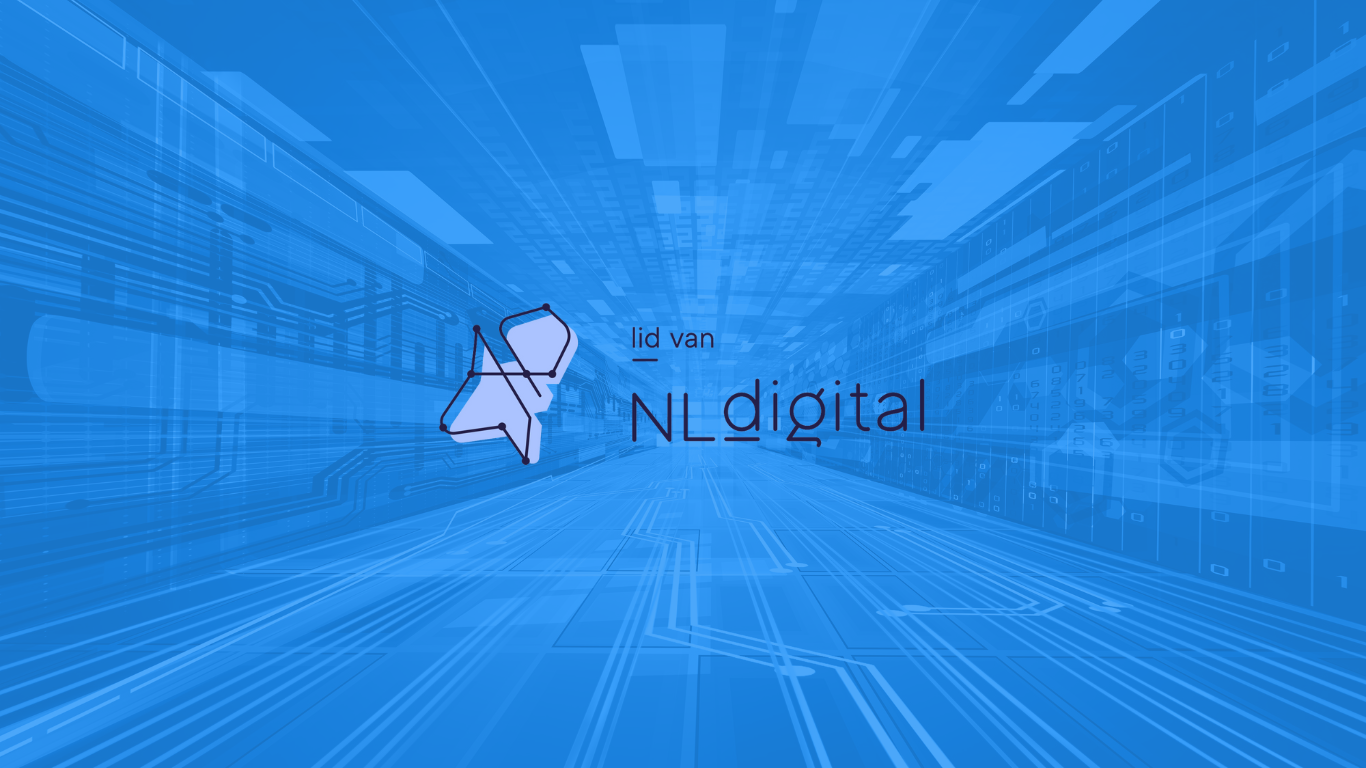So, what exactly are integration platforms and why do you need them?
If you are building a software that does a little bit more than “hello world”, you are probably already “integrating” something in that application, for example calling a webservice or saving information into a database.
What kind of business cases can be solved with an integration platform?
It always depends on the specific challenges, of course, but just for the sake of an example let’s take a look at a basic use case.
- Your company receives a series of files, by different means, from several payment service providers with settlements data.
- These files need to be processed and if they are chargebacks or executed payments you need to send them to different systems to be processed sorted by different types of connections like an FTP (File Transfer Protocol), or SOAP (Simple Object Access Protocol) service.
- You also need to have them saved in a DB to keep a history of these settlements.
Your goal is to take care of this complex set of tasks efficiently. So how do you solve it?
If you have numerous integration use cases connecting both internal and external systems, an integration platform might be very valuable.
Already in 2003, a reference book on integration patterns was written, called Enterprise Integration patterns. Even in today’s cloud era, this book can be seen as a standard describing the essential integration patterns between software systems. At that time “Enterprise Services Buses” appeared on the market – and those platforms emerged into the Integration-as-a-Service cloud platforms we know nowadays.
What do integration platforms offer?
Integration platforms generally offer a graphical user interface for designing integration scenarios using out-of-the-box components and connectors for popular applications and standard protocols. Next to the design-mode, most integration platforms provide an operational run-mode as well, including enhanced monitoring and auditing capabilities.
As it implies for messaging, it’s about data in transit and logically the platforms offer security features like content encryption and services to store and transmit encrypted user credentials across network boundaries.
Most of them offer solutions for exposing APIs and managing and monitoring them, as an extra package. This is becoming more and more important because it allows your business not only to solve the interoperability problems in your ecosystem, but also gives you the ability to let consumers and partners use your company public APIs to get the information they need. This paradigm shift comes with some risks: while you could have controlled who calls your internal APIs before, once they are public you have no more control, and you need to start thinking at all the concepts related to authentication, authorization, traffic mediation, shaping, monetization, API discovery, etc. An API management solution will take care of all these concepts for you and let you focus on what to offer through the API and not spend time on how to implement it.
Besides the fact that Integration platforms are packed with lots of standard flow types and offer seamless integrations between the most used SaaS platforms like Salesforce, ServiceNow, SAP and cloud environments like Azure, Amazon and Google, they also offer low-code facilities to customize integration scenarios to swiftly meet more specific business needs.
They offer tooling like IDEs, SDKs, visual editors for creating the integration scenarios so that you have a quick entry and ramp up for starting up a project.
How to benefit from an integration platform?
It is inevitable to use integration platforms in nowadays hyperconnected (cloud) IT ecosystems. Connectivity has become a utility feature, the plumbing of the ecosystem providing Integration-as-a-Service, a continuous process of connecting everything to everything, and yes, that also makes it a potential single point of failure. So, architect wisely.
Connecting to different APIs, databases, SaaS offerings require knowledge on how they work. It will take knowledge and time to design connectors, monitor, support, and change them by yourself.
Here is a small but everyday example: you want to extract your employee’s worked hours from a project tracking tool (like Jira) and save them in the database of your HR tool.
You create a small application which uses some REST (Representational State Transfer) calls to take this data and insert in the database. Shortly afterwards someone asks you to connect a different system for generating invoices and so on…a common pattern of growing demands as you probably recognize. But if you start with a single integration, you quickly get to creating multiple single-point integrations costing you hours of writing code for technical details (like connectivity, security or debugging).
You have already started to build an integration platform. Instead of solving business requirement you are spending time on writing code for connecting and debugging timeout errors. Using an integration platform takes all the effort away, because most platforms have already solved the same things long time ago, offering you building blocks for connecting to different type of applications and protocols, get, parse transform and enrich the data.
Using standard building blocks, you can solve complex, specific business cases and adapting to change will mean rearranging these blocks.
Integration platforms are key to simplifying complex labyrinth of tasks. They are used for moving high volumes of data between independent systems which are not designed to communicate between each other.
Now, that you know what they are, you might ask: how do I choose a software integration platform? Don’t worry, we got you. In part 2, we are presenting two major tools: Microsoft Biztalk and SAP CPI .
Biztalk is an on - premises integration platform, which means you need to take care of the infrastructure and pay the license for it, while SAP CPI is a cloud offering, meaning you are paying a subscription to use it in the SAP cloud.
While SAP CPI is very easy to use for simple scenarios by someone with basic programming knowledge, Biztalk does require some experience with Microsoft products and C#.
Although both are low code platforms, still you need substantial understanding of APIS, XML, XSDs(JSON) and experience withRest / Odata / SOAP.
That’s it for now, stay connected to find out more.
If you have questions, send us a message and we’ll get back to you.









